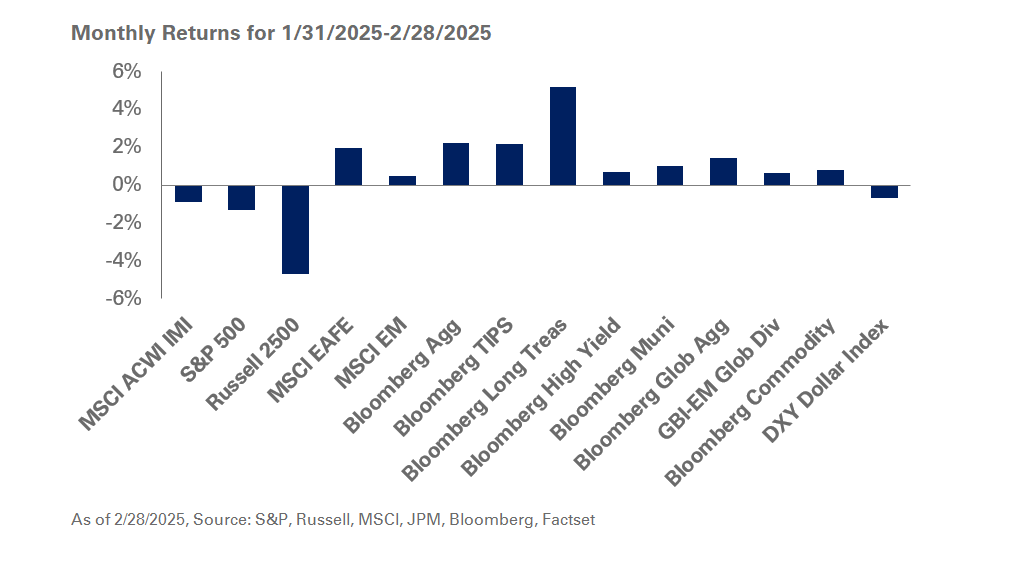This blog is based on our Healthcare Innovation Leaders Series webinar, where NEPC discusses opportunities, challenges and best practices with fund managers and industry experts, as healthcare organizations grapple with the fallout from the Covid-19 pandemic.
Covid-19 has changed life as we knew it. Within healthcare, it has disrupted existing systems and services put in place by providers, as healthcare leaders rush to adapt to a landscape altered by the outbreak. It has forced these organizations to implement changes, which typically take years, within weeks. Just ask Marty Felsenthal, a partner at Health Velocity Capital, a private equity firm specializing in healthcare software and services companies.
One of the firm’s strategic limited partners noted that it was currently doing 40,000 telehealth visits each day, compared to 40,000 in a month pre-pandemic. From telehealth, the optimization of supply chains to handle uncertain volumes that can increase or decrease on a dime, to the assignment of staff and resources, and attempts to convert fixed costs to variable costs, new systems and methods are springing up amid accelerated decision-making around the innovation process. The virus has underscored the importance of innovation in cutting costs while optimizing revenue and collections in an increasingly challenging environment. To that end, many are recognizing the necessity of having a process in place that allows for the successful implementation of innovation.
Health Velocity Capital’s strategic limited partners have devoted substantial thought to how they can accelerate and maintain this pace of innovation in a post-Covid-19 world. For instance, the firm’s hospital-system limited partners cited a desire to move towards more advanced analytics to optimize supplies and staffing levels, and the need to speed up all forms of digital communications and engagement, as well as contactless intake, registration, and payments once patients are on-site to drive improvements in efficiency and safety.
In a webinar organized by NEPC in June, Mr. Felsenthal, who has 25 years of experience financing and building inventive, disruptive and rapidly growing healthcare software and services companies while investing on behalf of strategic limited partners, discussed the challenges of innovating across an organization and the steps executives can take to create a program that adds significant value. He believes that over the course of his career, he has probably seen around 10 healthcare institutions implement strong direct-investing plans that fully optimized their innovation programs in a way that successfully and consistently leveraged these investments to add value to their day-to-day operations. Direct-investing programs, intended to foster successful internal innovation, can be hindered by a lack of experience. This can result in a multitude of unfavorable outcomes, including the inability of unsustainable companies to deliver long-term strategic value, turnover in investment staff, a bias towards “backyard” companies instead of the best innovators in the nation, a lack of national deal flow, and resistance and suspicion towards internal peers or subordinate executives disrupting existing workflows and threatening jobs. While strategic investments can be executed successfully, Mr. Felsenthal believes they are not for the faint of heart.
He also believes that the key for executives looking to create and maintain an innovative culture and successful strategic-investing program is to have a consistent process with explicit goals and measurable outcomes. To thrive, these programs and processes need the strong and clear backing of the senior-most management. Innovation programs need “true senior-level sponsorship,” says Mr. Felsenthal. It takes long-term commitment and cooperation between senior executives and the clinical-care and operational teams to get a new process off the ground and overcome red tape. Mistakes in an investing program have capital and, more importantly, opportunity costs, so it is vital to regularly examine your process to see what is performing well, what has gone poorly, and why.
For the best chance of success, the committees overseeing these processes should possess a diversity of backgrounds, says Mr. Felsenthal. An effective committee comprises a thoughtful mix of pragmatists, optimists and people who do an excellent job of executing. Senior executives should use this committee to establish a framework for the clinical and operational objectives they wish to focus on. They should also institute an acceptable financial risk-return profile for strategic investments, for instance, venture capital (high-capital and opportunity-cost risk) or growth equity (lower-risk profile). They should set a minimum number of projects and milestones for the innovation team each year – ensuring the team is engaged will help retain talent and keep hard-won institutional knowledge in-house. Further, Mr. Felsenthal believes these committees should have internal cache and regularly rotate leaders to spread a culture of innovation, maintain morale and momentum, and keep the thought process fresh.
Innovation program must-haves:
- A senior executive in the organization that assumes ownership of and the responsibility for the innovation program and is willing to drive change
- A committee of individuals with real clout and power within the organization who are committed to innovation
- Well-defined goals and processes to maintain innovation
- Strong and broad communication strategies around innovation to drive culture change and creativity
- A commitment to regularly evaluate mistakes (and successes) and adapt as needed to improve future outcomes
- Commitment from senior leadership to execute a minimum number of projects a year
- Acknowledgement that these programs are challenging to build and maintain, and patience that many of the best innovation programs can take more than a decade to fully implement and optimize
For more information, please visit our Strategic Healthcare site.



